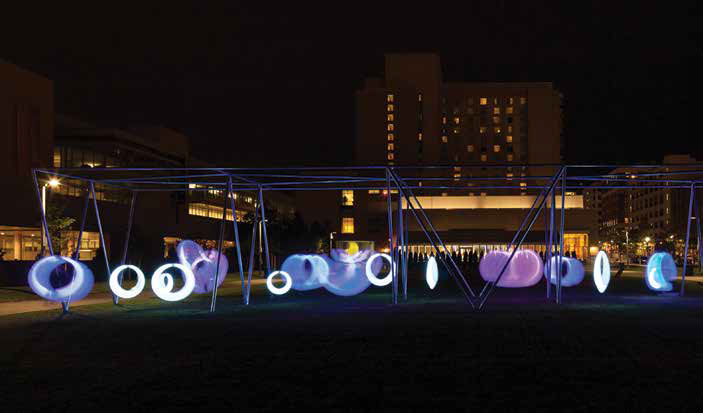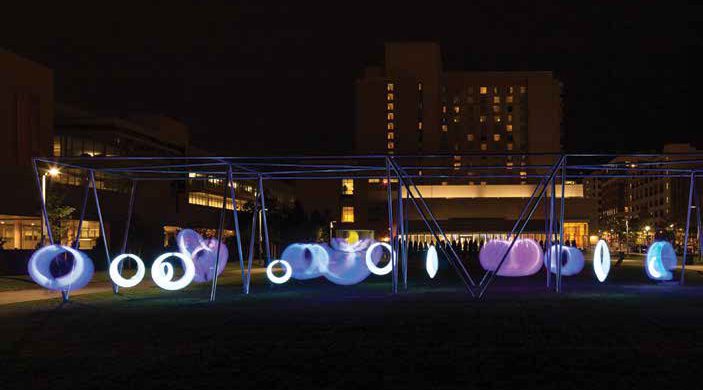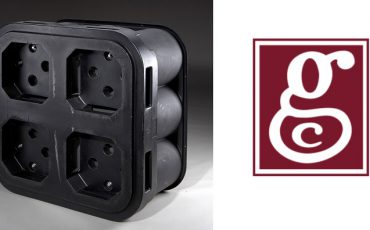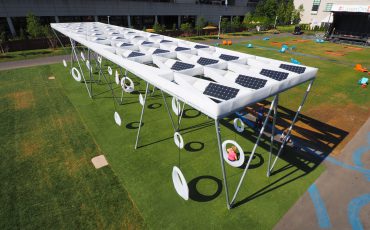
Rotational molding design includes materials, tooling and processing considerations. Rotational molding, or rotomolding, creates strong, hollow plastic parts in a wide variety shapes, sizes, textures, and colors. Many of these shapes are impossible to produce by other methods, and part designers like how rotomolding supports uniform walls without the thinning in the extremities that’s common to other plastics manufacturing processes.
There are many reasons to use rotomolding for your next project, but you’ll need to follow some best practices for optimal results. Gregstrom Corporation, a Made in America rotomolder with 75+ years of experience, recommends reading our Rotational Molding Design Guidelines Overview and taking a deeper dive into specific areas such as nominal wall thickness, draft angles, corner radiuses, ribs, and undercuts. Along the way, keep materials, tooling and processing in mind. The following sections explain.
Rotational Molding Materials
Gregstrom can rotomold your plastic parts from linear low-density polyethylene (LLDPE), high-density polyethylene (HDPE), polypropylene, or static-dissipative polyethylene (PE).
- LLDPE is durable, provides high tensile strength, and offer good impact and puncture resistance.
- HDPE is strong, lightweight, and relatively inexpensive.
- PP has a high melting point and can withstand cold-temperature applications.
- Static-dissipative PE won’t generate a potentially hazardous electrical charge.
You can learn more about rotational molding materials here.
Rotational Molding Tooling
Rotational molding exerts very little pressure and the molds can be relatively simple. Typically, production tooling is made of cast aluminum or fabricated sheet metal. Both have good heat transfer characteristics and are cost-effective. Often, cast aluminum is used with small-to-medium sized parts; fabricated sheet metal molds are often used with larger parts. Gregstrom provides tooling services for both types of molds and also offers part design assistance.
Rotational Molding Processing
At our Worcester, Massachusetts (USA) manufacturing facility, Gregstrom uses Ferry Rotospeed RS-220 and RS2-3300 rotational molding machines. Each machine has offset arms, and the speed of a machine’s biaxial rotation can be adjusted to suit the shape and complexity of your plastic part. That’s important because it’s this biaxial rotation that allows the mold to be coated evenly with plastic and produce a uniform wall thickness. With our 75+ year of experience, we can help turn your designs into reality.
Ready to get started with your next plastics project? Remember that rotational molding design includes materials, tooling and processing considerations. Contact Gregstrom to discuss your application.



